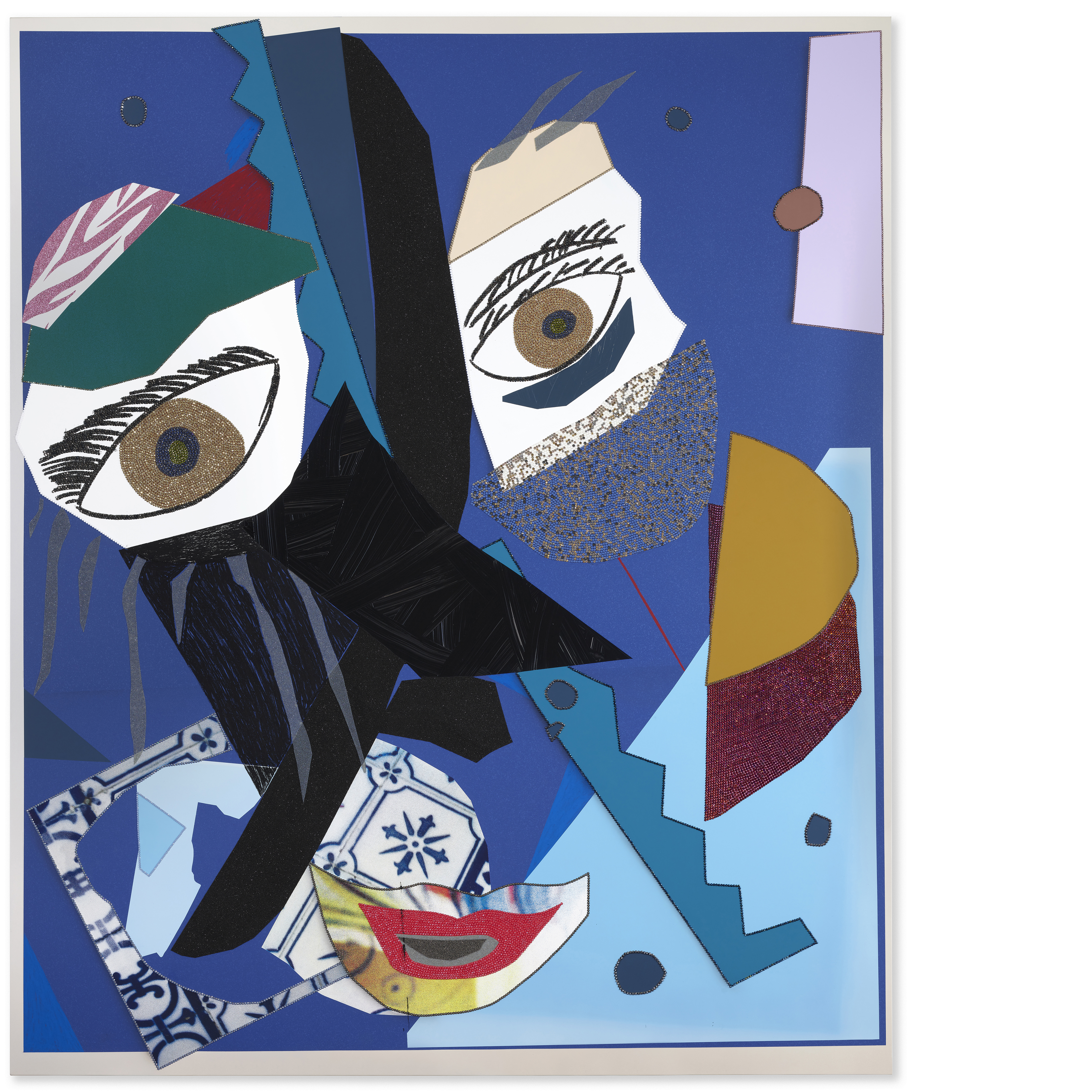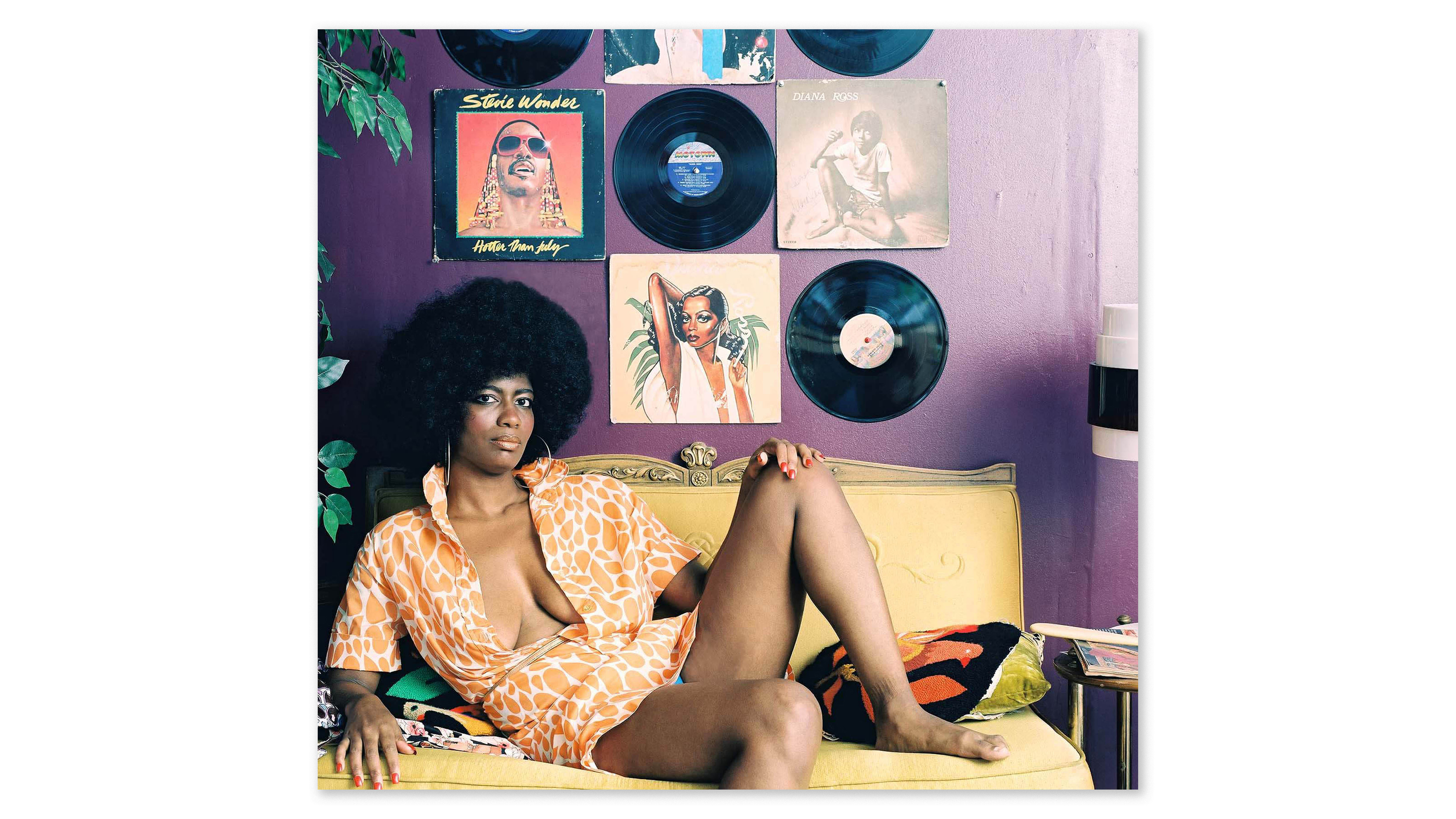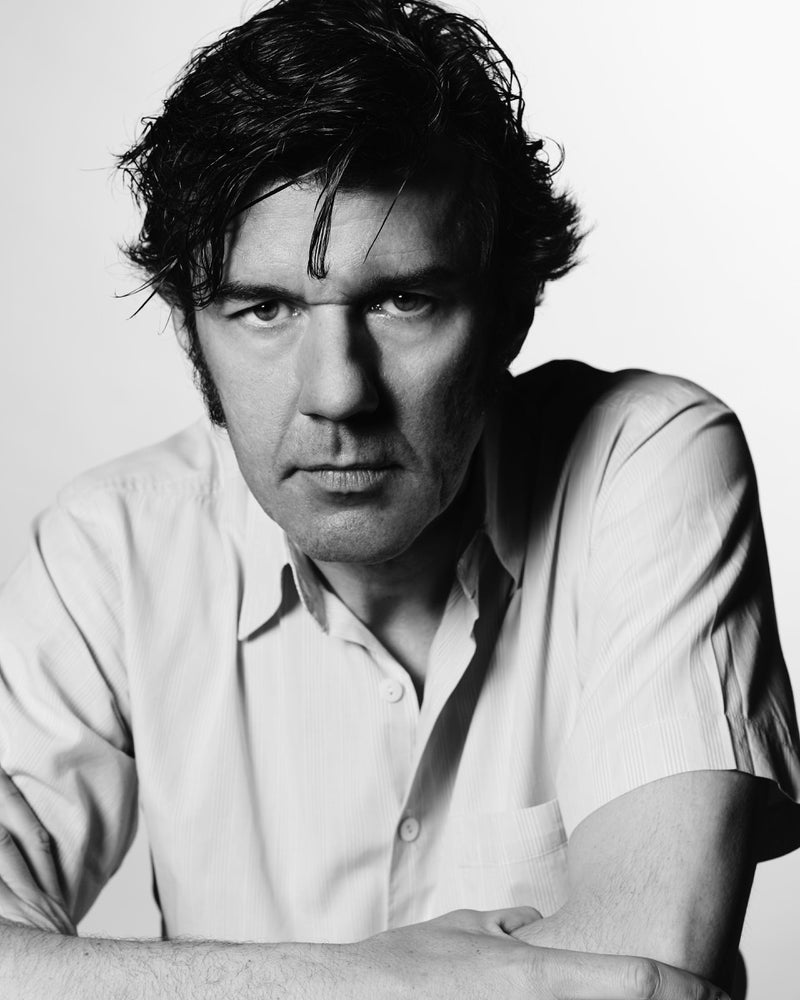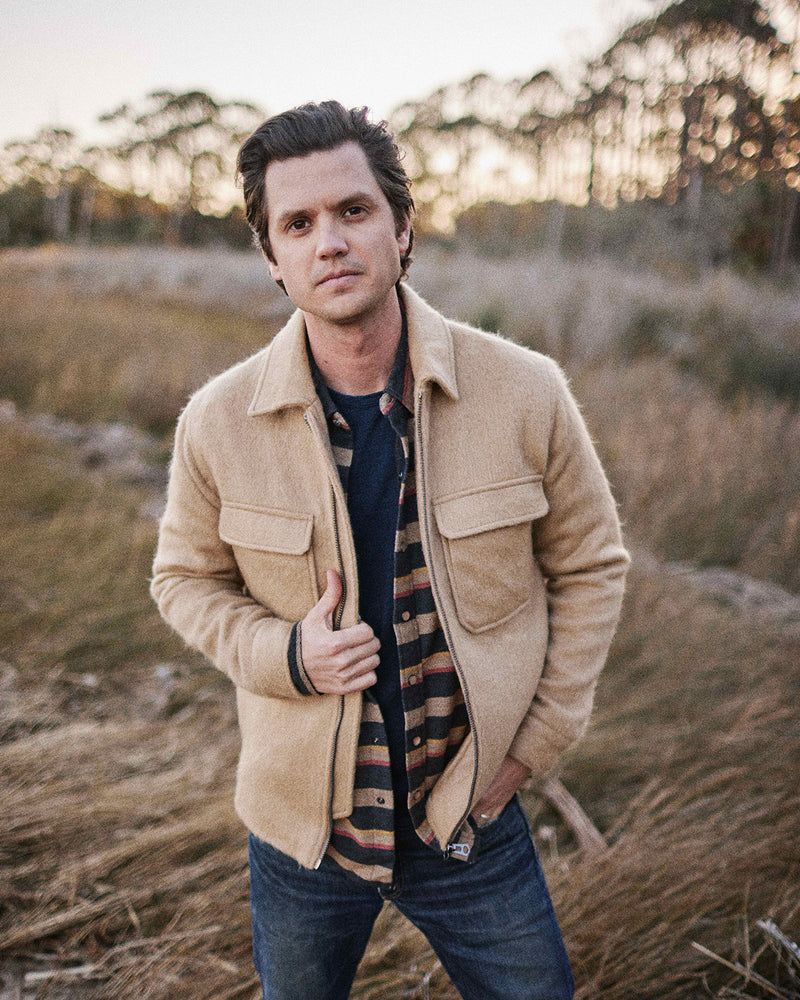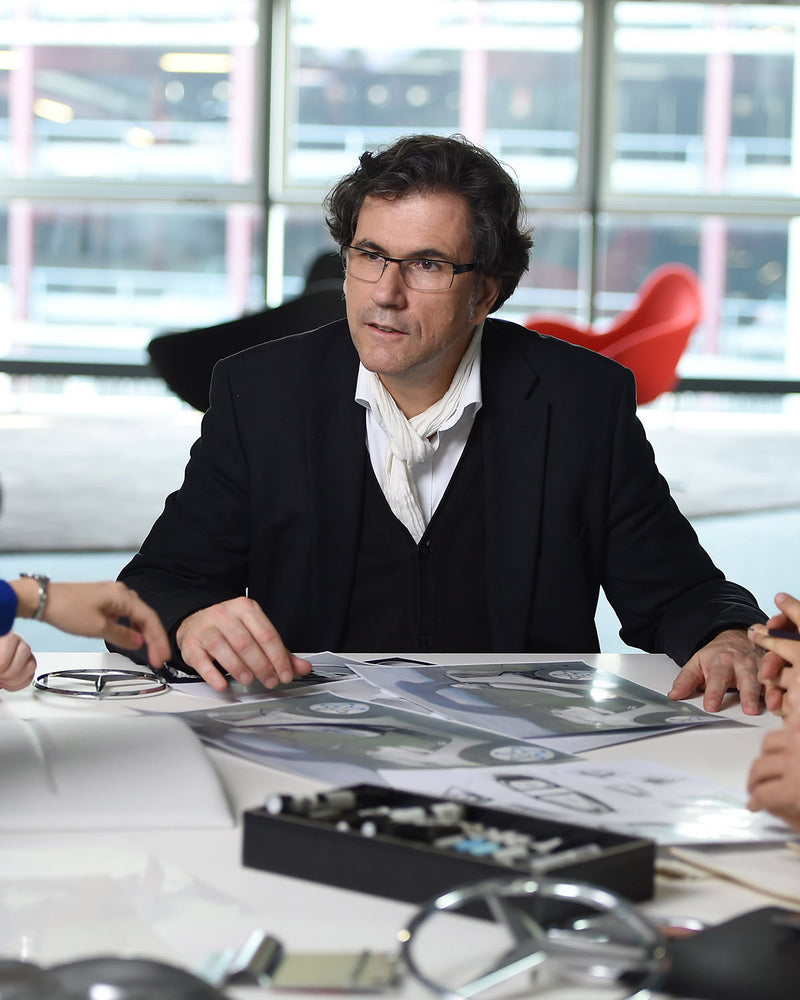What is your preferred medium to work with and why?
MT: I would say working in collage not only as a medium but as a conceptual construct as well. Collage allows me the freedom to edit, deconstruct and manipulate the image with varied possibilities that I often find restrictive in some of my other mediums. I’m using collage as a mode of construct that is a powerful method of weaving together different ideas, artistic styles, and historical references into a single work; it allows me, within my practice, to expand upon the depth of the conversations that happen within my work. There is always a level of playfulness within the process that empowers me to push the compositions to the edge and stay open-minded about the final image.
Your work examines race, sexuality, gender, and femininity while drawing from art historical figures and movements such as Manet, Dada, and Impressionism. What do these juxtapositions allow you to investigate in the work?
MT: Those juxtapositions allow me to call into question the historical narratives that have dominated the art historical canon and, subsequently, to reframe, claim and recontextualize them, giving them a more contemporary narrative. A large part of my practice is changing and manipulating ways of seeing or modes of perceiving a work and bringing these art historical figures and styles into the conversation allows me as an artist to reconfigure the path of that artistic legacy. The topics I examine in my own practice – beauty, sexuality, being Black, a woman – have been part of the art historical narrative for centuries, but the degree of representation hasn’t always been presented without marginalizing or by only depicting one narrative. It’s important to me to juxtapose these notions of these conversations but by presenting my images that are meaningful to me, a way of seeing from my own experiences. I can only draw and commit to and from my life and explore and investigate the beauty and power of Black women by subverting the complexities of material and cultural oppression.
Alongside your fine-art practice, you have shot covers for publications like Out and T: The New York Times Style Magazine. Have you noticed any differences between photographing people versus painting them?
MT: Photography allows me to expand upon my practice and capture a different dimension of my subject. There’s a different type of subjectivity to the use of the camera as a tool and as a mode of seeing. There’s also an element of “truth” or “spontaneity” to photography that you might not always get in painting. In painting, you have the ability to manipulate the work and the subject more, but when photographing someone it captures a specific moment. Both mediums have a level of artifice at play, but photography is rooted out of the human tendency to see oneself.
Racquel, there are dramatic changes happening in the art world right now and, as an art collector and consultant, how do you continue to create a path for rising artists?
RC: I mentor them and give them advice and support when needed. I’m also very deliberate about making sure to create opportunities for them, such as introductions to galleries and or other curators. As a collector, I collect their work; as a curator, I curate them into commercial and institutional shows, on television shows, and in films. The landscape has changed dramatically and there are now many paths that can be taken as an artist, so I’ll give advice based on what their aspirations are, whether that be institutional or commercial success.
Four years ago, you and Thomas founded a platform to increase visibility for artists of color, “Deux Femmes Noires.” How has this platform created more opportunities for artists?
RC: With DFN we’ve been able to harness both my and Mickalene’s strengths that our respective paths within the art world have taught us. We use our platform to help bring visibility to artists, whether that be by curating shows or passing on opportunities that come to us.
March is National Women’s History Month. What does it mean to the two of you to be someone a new generation of women artists and artists of color look up to?
RC: I’m humbled, and it means the world to me; it means I might actually accomplish what I set out to do decades ago when I decided that I wanted to help female artists and artists of color in whatever way I could to ensure that they had a shot of realizing their dreams – unlike my mother, whom I sat with in a restaurant over a Thanksgiving many years ago as she began to draw all of the other patrons and I had no clue. I then learned that she had given up her dream of being an artist because she didn’t know that there was a viable path forward.
MT: It is the most exhilarating feeling as an artist supporting other artists; it’s a reminder of my own journey that led me to this path of supporting women and artists of color. So, I remain modest in my mentorship by nurturing and fostering awareness in others by passing onward my experiences and knowledge, because there’s a place at my table and I’ve never been apprehensive to share space or make room for other artists to be triumphant. I recognize what it requires; there were challenging moments during my own growth as an artist where there was no light on my path and my dreams seemed out of reach.


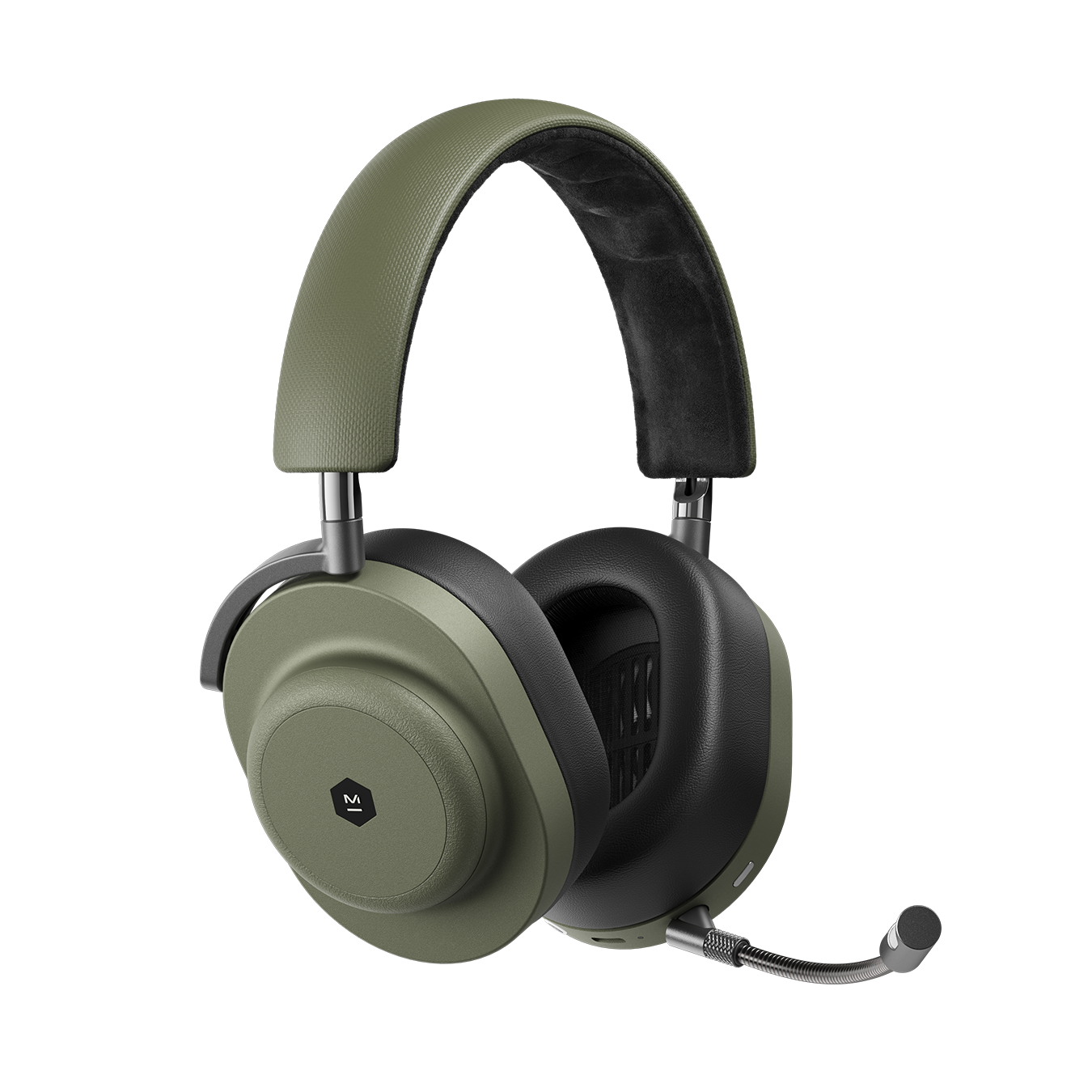




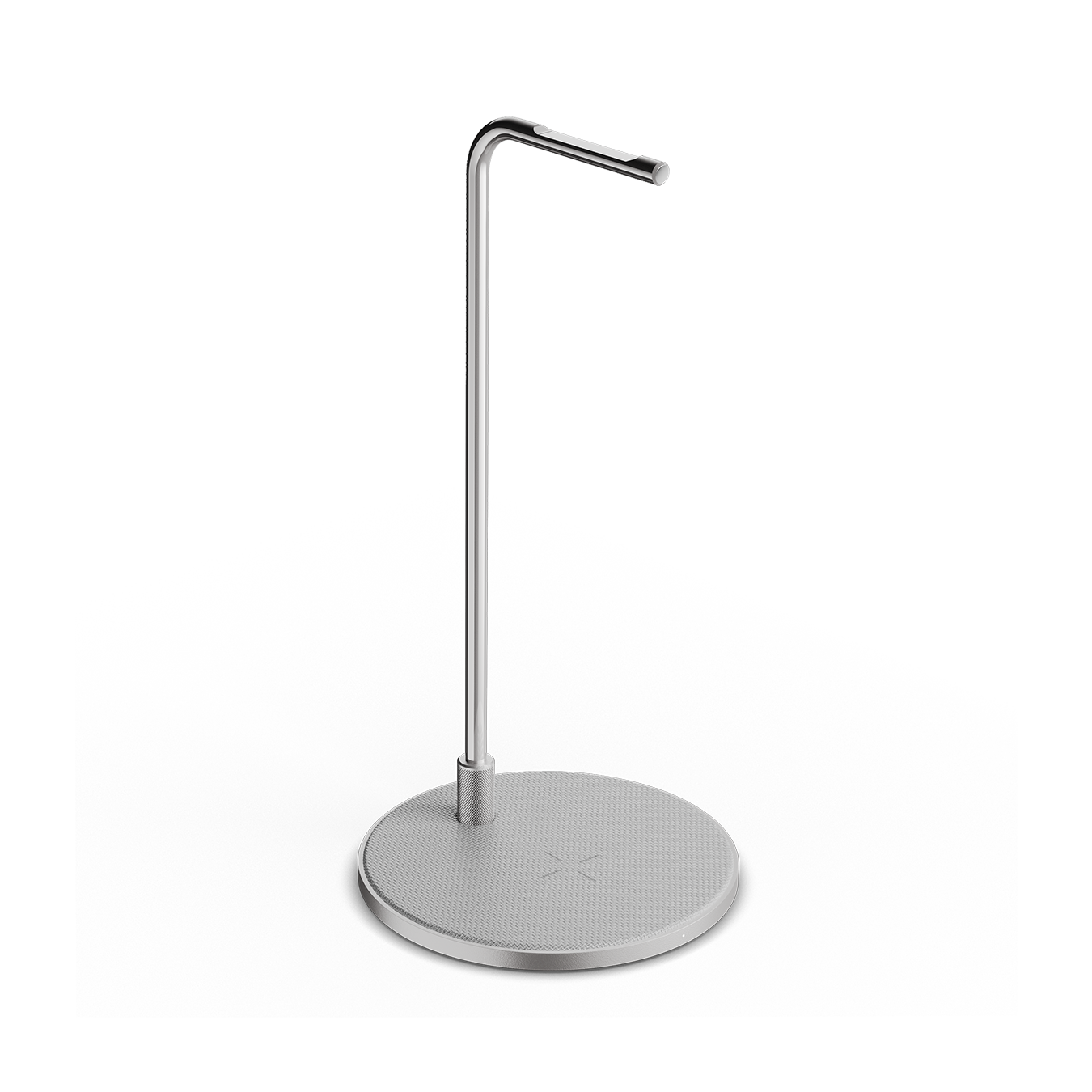
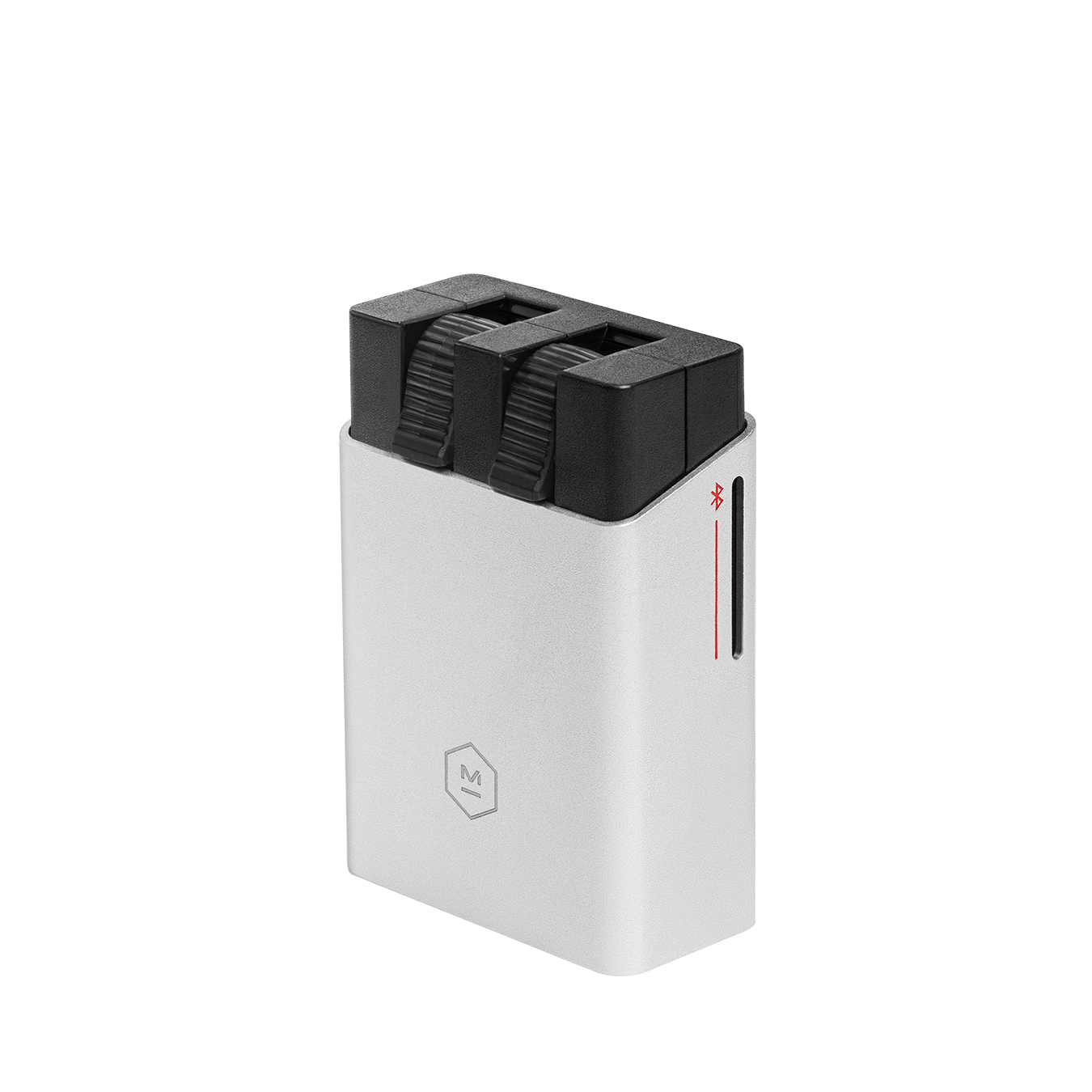
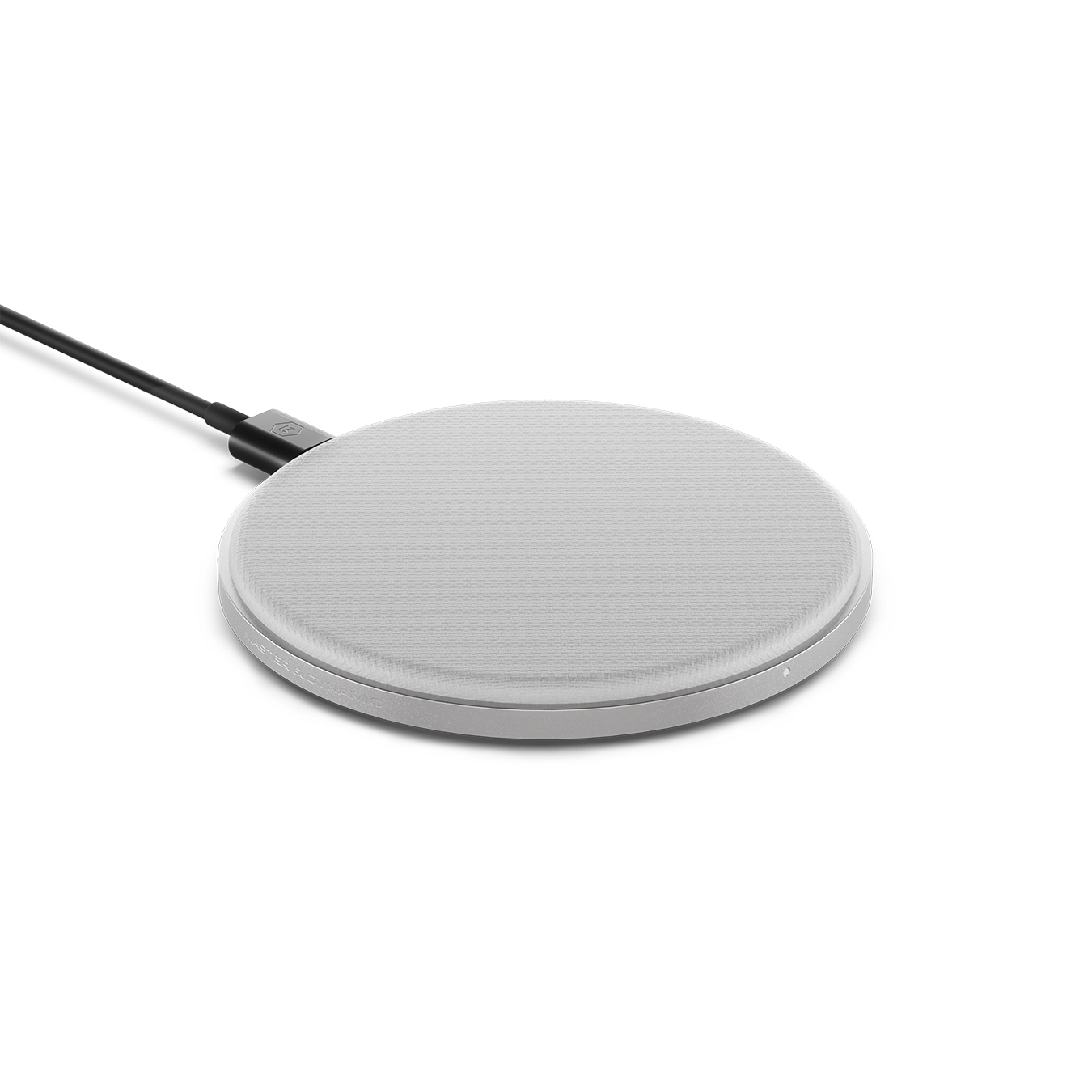
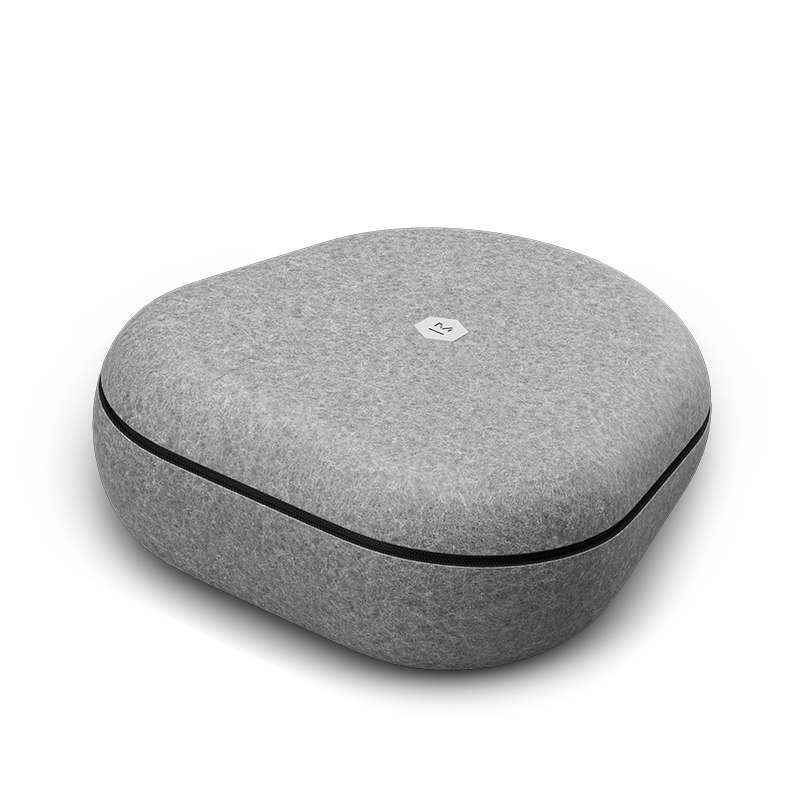
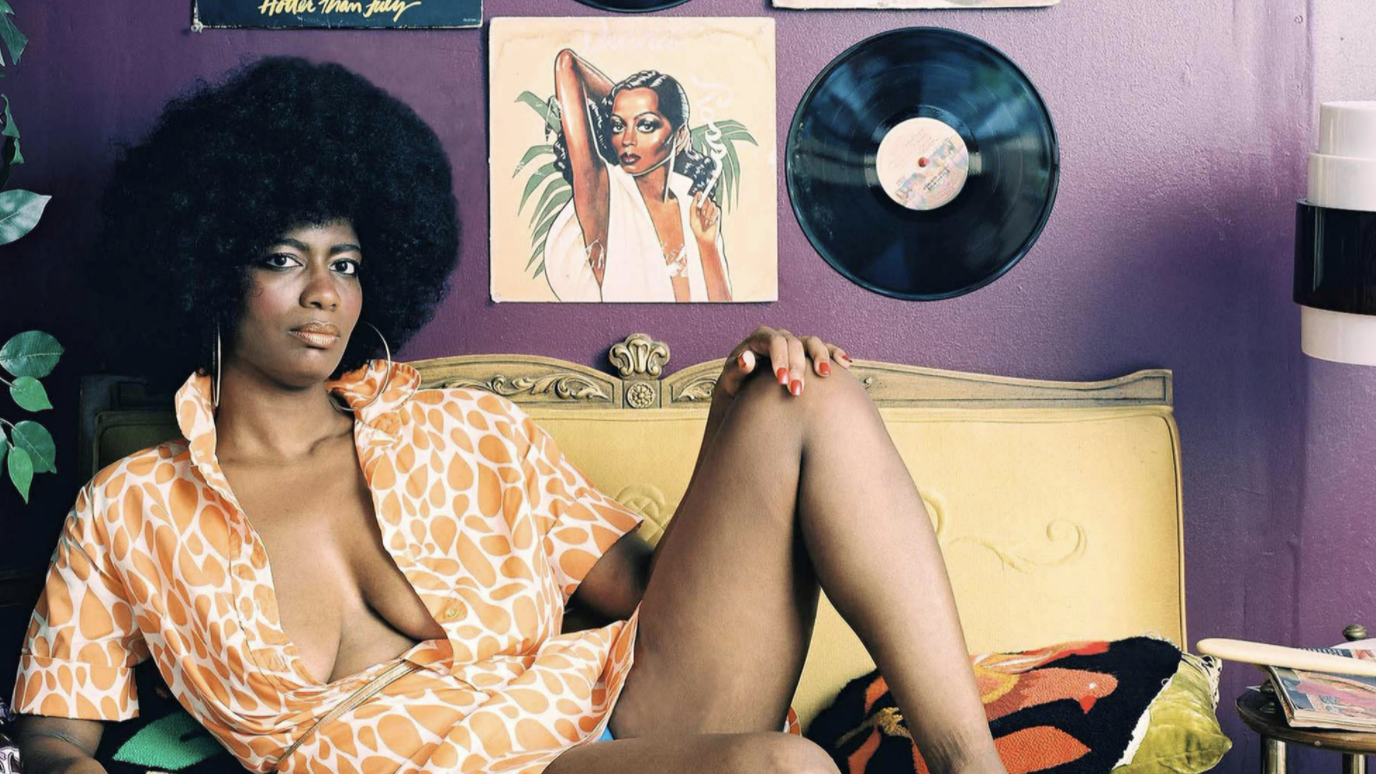
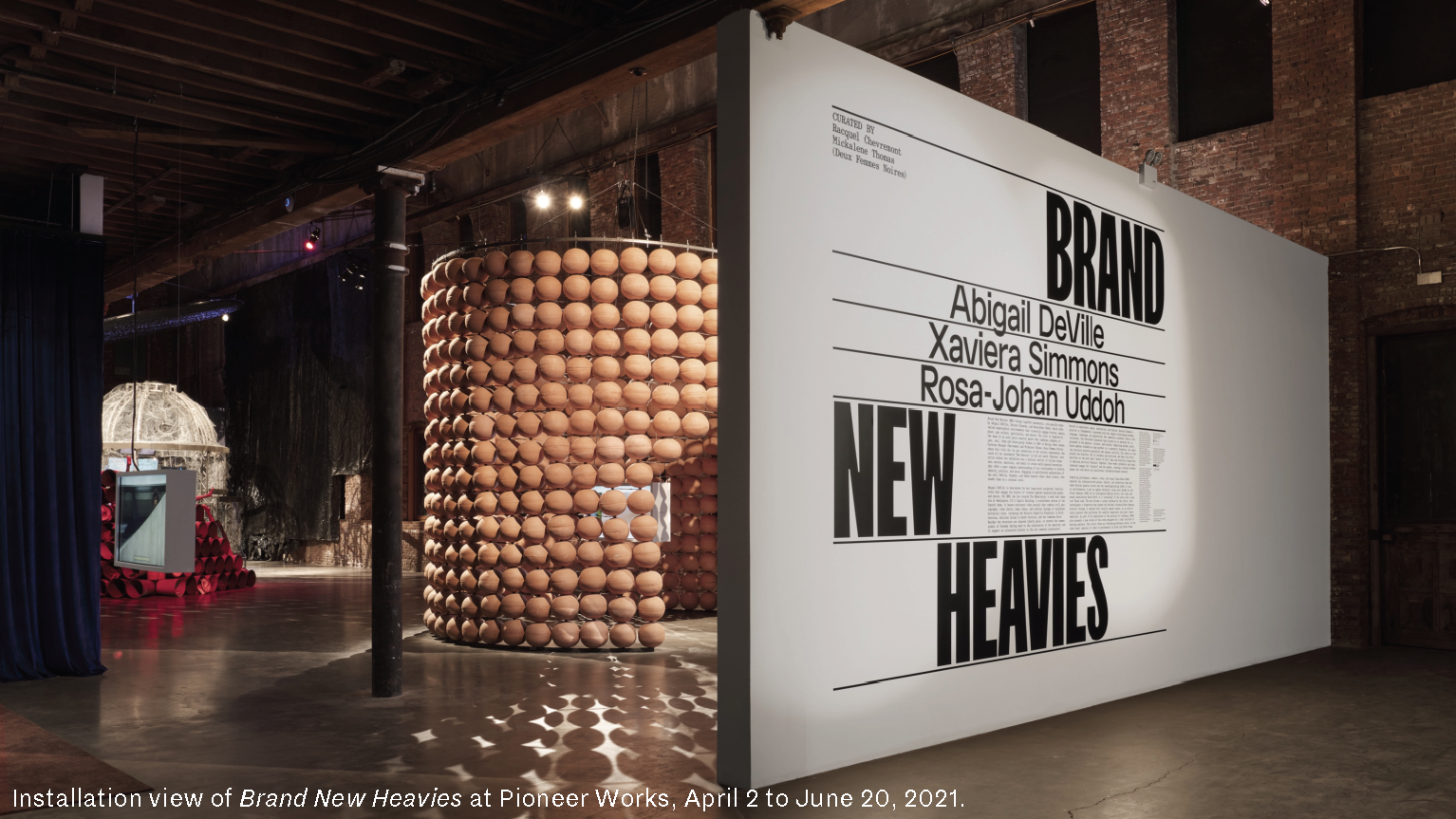
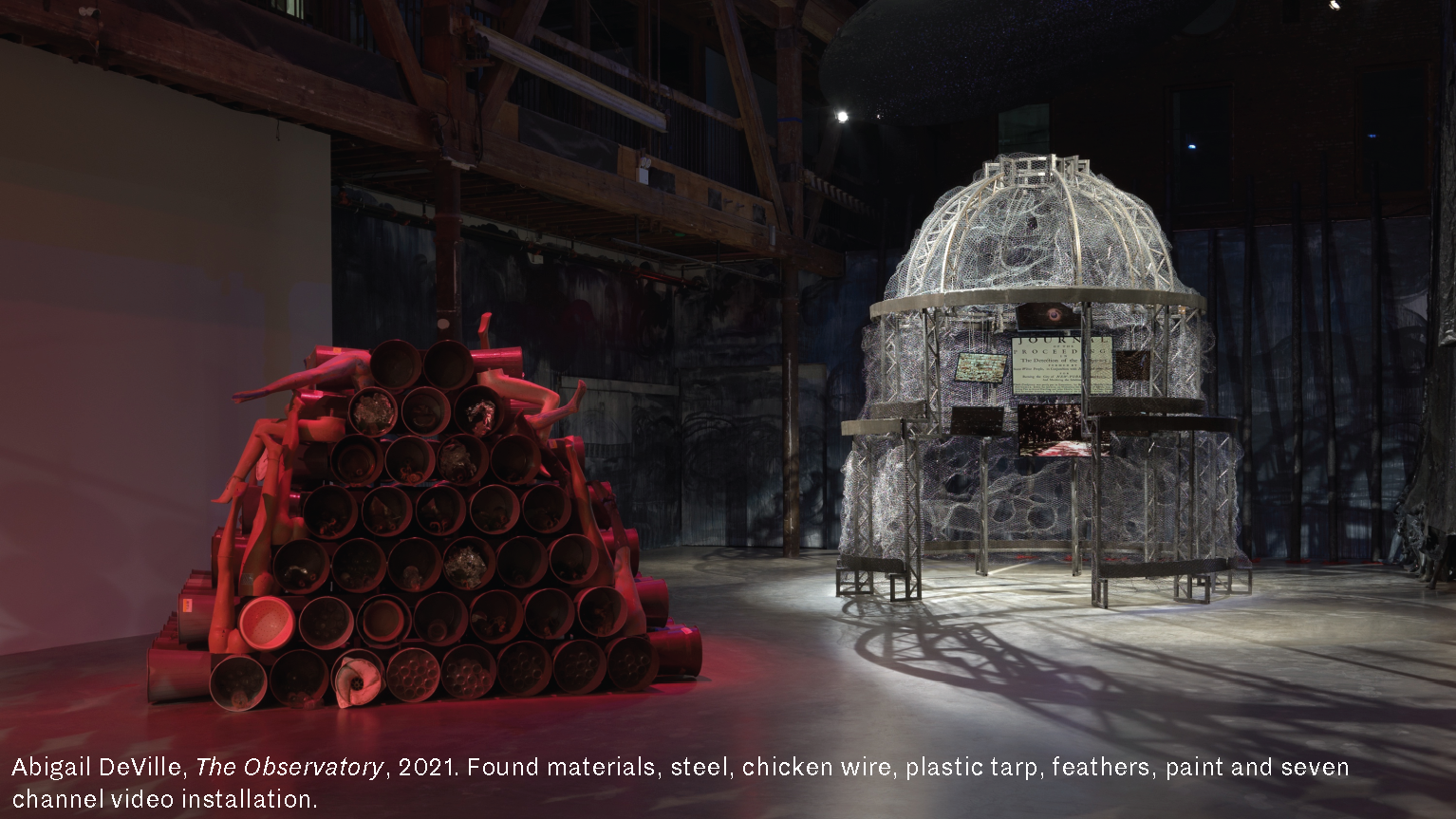

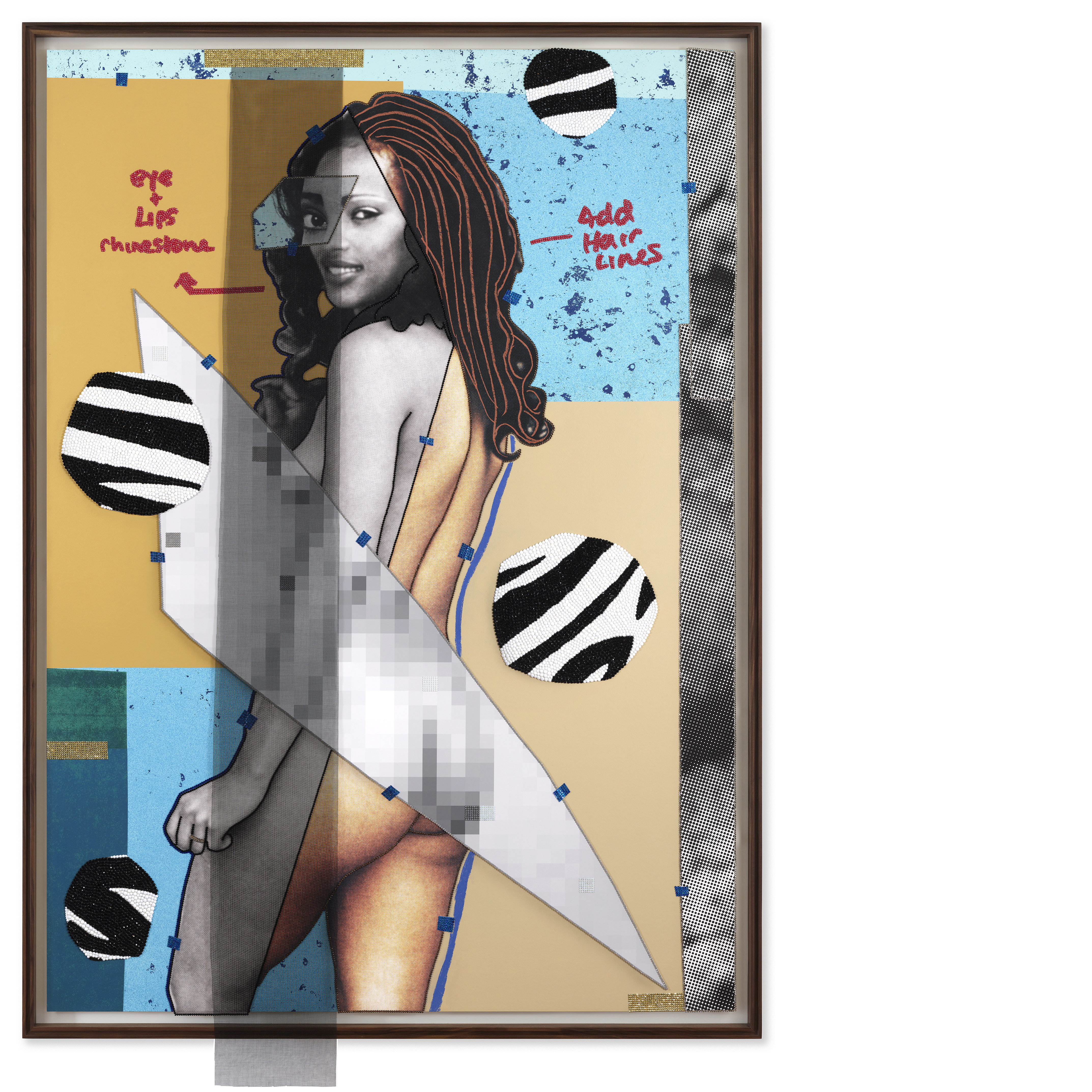
.jpg?v=0)
